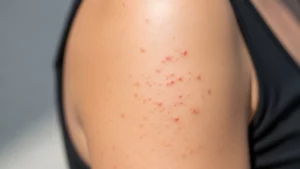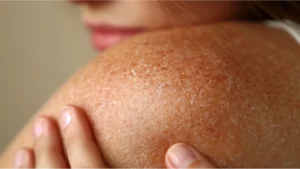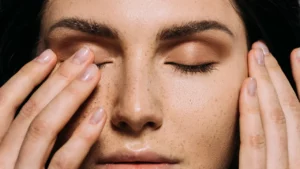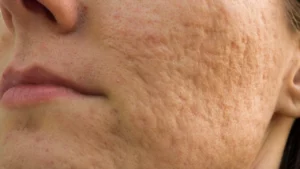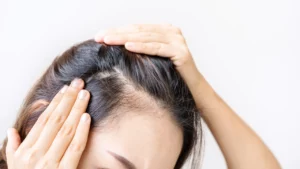Don’t Get Confused between Dermal Fillers & BOTOX: Here’s How They’re Different
You’ve probably heard of BOTOX and also of Dermal Fillers. They’re both popular cosmetic procedures and have been around for quite some time but how they work and what they’re best used for is very different.
Here’s how.
BOTOX
As per American Academy of Dermatology Association Botulinum toxin type A, or BOTOX as we all know it is a muscle relaxer that has been around for over two decades. It is a purified form of the botulinum toxin that is derived from bacteria and safe to use in small controlled doses.
How it works
It essentially freezes the muscle it is treating, to prevent dynamic movement. Nerve signals to the muscle are blocked, which in turn prevents deep wrinkles and lines from forming. In this way, deep wrinkling can be removed, reduced or even eliminated.
Where it is used
It is used anywhere where dynamic wrinkles occur such as the centre of the forehead, around the eyes or mouth. These can be due to smiling, frowning or squinting.
In some instances, BOTOX can be used to treat migraines and other medical conditions such as muscles weakness due to neurological disorders.
Advantages of BOTOX
- Short procedure time – it takes only a few moments
- Quick results – you can begin to see results within two weeks
- Minimal side effects
- No downtime or recovery time
- Effects last 3-4 months
- BOTOX is not permanent
Disadvantages of BOTOX
- The minor side effects include bruising, redness of eyes and headaches
- In some instances, patients suffer from droopy eyelids for a few weeks
- Cannot be done if you are pregnant, nursing or have a neuromuscular disease
- Results might not be as apparent if you have thick skin or deep scarring.
- Rubbing the treated area is advised against as the BOTOX might spread to surrounding muscles
- In a very small percentage of people, antibodies fight the toxin which prevents the maximum effect to show.
DERMAL FILLERS
Dermal fillers are injections used to plump up certain parts of the face or neck to give a taut, healthy and young appearance.
Fillers can be made of a different material. The most popular type of dermal fillers contains collagen and hydraulic acid which naturally occur in the body. These can be mixed with other synthetic materials to make them last longer.
Ensure the fillers you get are made of FDA approved materials.
Types of fillers and how long they last:
4 months: Collagen, a naturally occurring protein in the body; the production of which slows down as we age.
6-12 months: Hyaluronic Acid too is naturally produced in the body and is the protein responsible for elasticity, young and taut skin.
18 months: a temporary gel solution called calcium hydroxyapatite (Radiuses)
2 years: A man-made filler made of poly-L-lactic acid (Sculptra, Sculptra Aesthetic)
Permanent: The only type of permanent filler available is polymethylmethacrylate beads
Where is it used
As we age, the skin around the eyes becomes thinner, and we lose facial fat. This is what causes eye bags and dermal fillers to be often used to fill this space to make the skin look fuller and taut.
Dermal fillers can also be used on the nose, lips or around the eyes and also to get rid of the appearance of fine lines. They can also be used in different parts of the body.
Advantages of dermal fillers
- Depending on the type of filler you get, they are usually longer lasting than BOTOX
- Very natural and subtle looking changes in the face
- Fillers that contain Collagen and Hyaluronic Acid are good for the body since these are naturally occurring in the body
- They are quick and easy with minimal side effects and downtime.
- Dermal Fillers encourage your body to naturally produce hyaluronic acid and elastin.
Disadvantages of dermal fillers
- Cannot be used for plumping other parts of the body like breasts.
- Possible side effects include allergic reactions, bruising, infections, itching, numbness, redness, scarring and sores.
- It is advised not to get dermal fillers if you are a smoker.
BOTOX and Dermal Fillers are both long-lasting options to get rid of signs of ageing and are both delivered via injection.
In some instances, BOTOX and dermal fillers can be combined in a treatment to get the desired results. Understand the full extent of these procedures to ensure it is what you want. The upside to these treatments is that they are not permanent.


